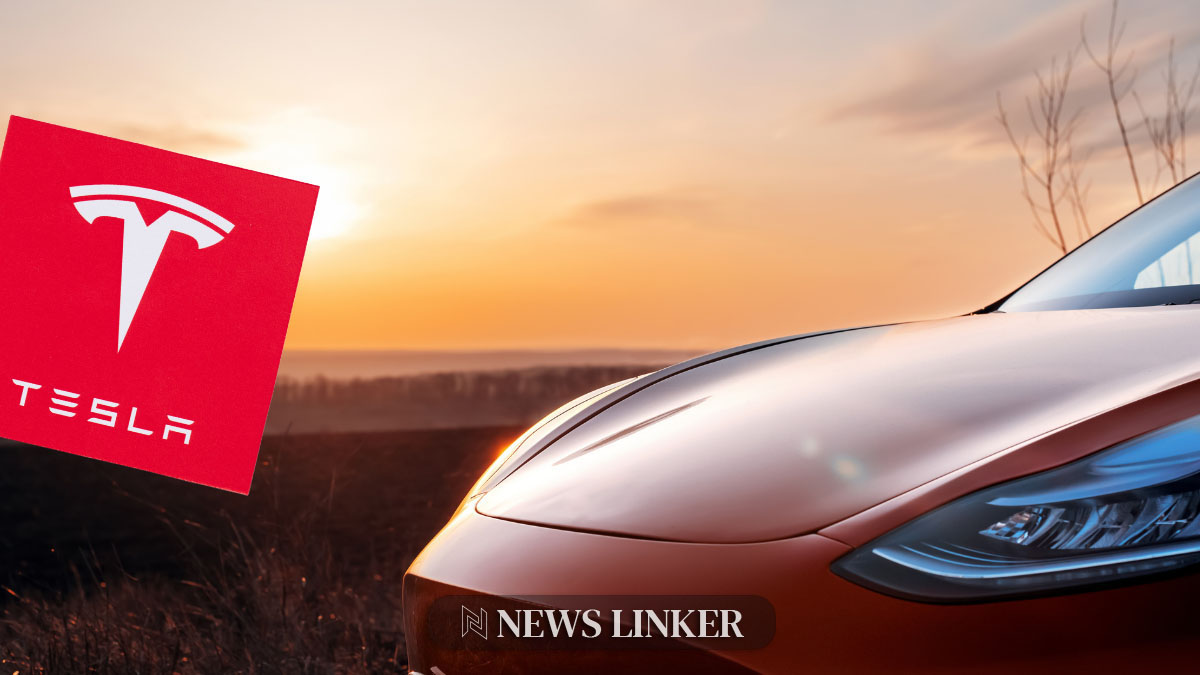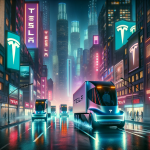As Tesla rolls out its latest Full Self-Driving (FSD) Supervised version 12.3.6, this rapid succession from the previous version 12.3.5, released just over a week ago, marks another significant step in autonomous vehicle technology. This update, initially available to Tesla employees and soon to be extended to all customers, demonstrates Tesla’s commitment to refining its FSD technology. Continuous improvements and the implementation of feedback from previous versions characterize Tesla’s approach to achieving more reliable and efficient self-driving capabilities. This strategy not only enhances user experience but also solidifies Tesla’s position at the forefront of automotive innovation.
What’s New in Version 12.3.6?
With each update, Tesla aims to iron out kinks from previous versions and introduce enhancements that make the self-driving experience as smooth and intuitive as possible. Version 12.3.6 is no exception, with reports from early users like @BLKMDL3 and @WholeMarsBlog highlighting more frequent and intelligent lane changes on highways, and adept city navigation without human interventions. Such advancements indicate significant strides in the system’s learning algorithms and real-world application efficacy, bringing Tesla closer to the ultimate goal of full autonomy.
How Does This Update Impact Tesla Users?
The rapid updates and the expansion of the FSD feature reflect not just technological advancement but also a growing trust in autonomous systems among Tesla users. Observations from Tesla’s community suggest that newer versions not only enhance driving automation but also contribute to safer and more predictable vehicle behavior. This is crucial as it helps in building consumer confidence in self-driving technologies, paving the way for broader acceptance and adoption.
Why Does This Matter for the Future of Driving?
Tesla’s aggressive update cycle and the tangible improvements in each version of FSD suggest a future where fully autonomous vehicles could become mainstream. Elon Musk’s emphasis on a vision-based system, as noted during Tesla’s first-quarter earnings call, aligns with broader industry trends focusing on camera-based solutions over other sensors like Lidar. The approach not only reduces costs but also mimics human visual navigation, potentially making autonomous driving more intuitive and widespread.
Comparison of Tesla’s FSD advancements with historical data shows a marked acceleration in development pace and adoption. Previously, autonomous technologies evolved over longer cycles, but Tesla’s strategy of swift, iterative releases is a testament to the fast-evolving capabilities of AI and machine learning, directly impacting consumer technologies. This not only reflects a shift in development strategies but also highlights the increasing reliability of software solutions in everyday applications.
Supporting articles from other sources like Engadget in their piece “How AI is Driving the Future of Autonomous Cars” and Wired’s “The Role of Machine Learning in Autopilot Technology” both discuss the broader implications of such rapid technological advancements in the automotive industry. They highlight the integration of AI in enhancing vehicle intelligence and safety features, thus supporting the notion that Tesla’s updates are part of a larger industry-wide trend towards smarter, more autonomous vehicles.
In a recent paper published in the Journal of Artificial Intelligence and Robotics, the study “Navigational Algorithms for Autonomous Vehicles” provides a technical perspective on the progress of autonomous driving software. The paper discusses how improvements in algorithmic efficiency lead to better decision-making by autonomous systems in real-world scenarios, akin to enhancements noted in Tesla’s latest FSD version.
Key Insights from Tesla’s Update:
- Enhanced highway lane management.
- Improved city navigation without human input.
- Increased software update frequency underscores rapid innovation.
The introduction of Full Self-Driving version 12.3.6 by Tesla not only enhances the functionality of its vehicles but also sets a new benchmark in the integration of artificial intelligence in automotive technology. This update is part of a broader movement towards fully autonomous vehicles, promising safer, more efficient roads. As Tesla continues to push the boundaries of what is possible in automotive technology, the implications for future transportation systems are profound, potentially leading to unprecedented changes in how we perceive and utilize personal and public mobility.










